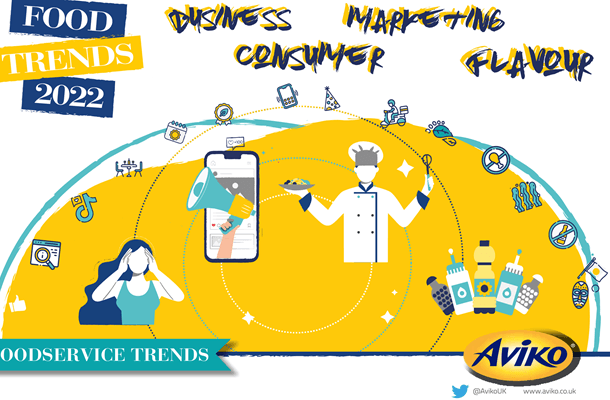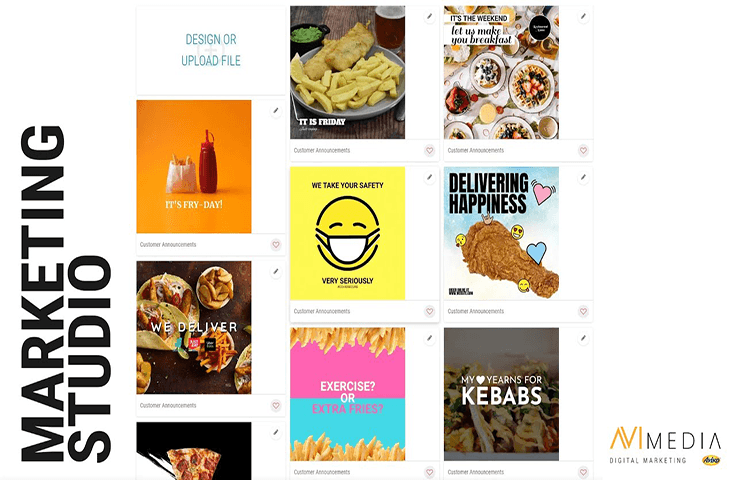
10 Gen Z trends for your restaurant
Often referred to as the digital native generation, Gen Z have grown up online and this, amongst many other factors, has influenced the way they live and by extension the food they choose to eat. Whilst it can be difficult to draw too many conclusions about how age groups can be compared, as many attitudes tend to change as we grow older, we've picked out some of the key trends that appear to be evolving amongst consumers in recent years.
Who are Gen Z?
Roughly defined as those born 1997 -2012, Generation Z follow after Millennials (1981- 1996) and are currently aged between 10 and 25.
Tiktok trends

Generally speaking, daily online screen-time increases as you move down the generations. Younger people are also more likely to admit that their purchases and behaviours are influenced by what they see online, whether from social media or other forms of content. Generation Z are also more likely to be content creators too, rather than just using their devices to view content online, this group is also more likely to go online to communicate and share too.
The growth of Tiktok has been massive over the previous few years and this has been seen nowhere more than in the food world, where users' recipes regularly go viral. Given that the platform is based on quick videos often with a voiceover (rather than images and text) this clearly lends itself to certain styles of food which look exciting or fun on film - think whipped coffee, the tortilla wrap hack or feta pasta.
The key factor all the most popular videos have in common is some sort of simple action that's nice to watch - like stirring, folding, sprinkling or pouring. If you want to gain popularity for a new dish online consider creating some content (or enlisting influencers to help) that involves physical actions like these.
Plant-powered
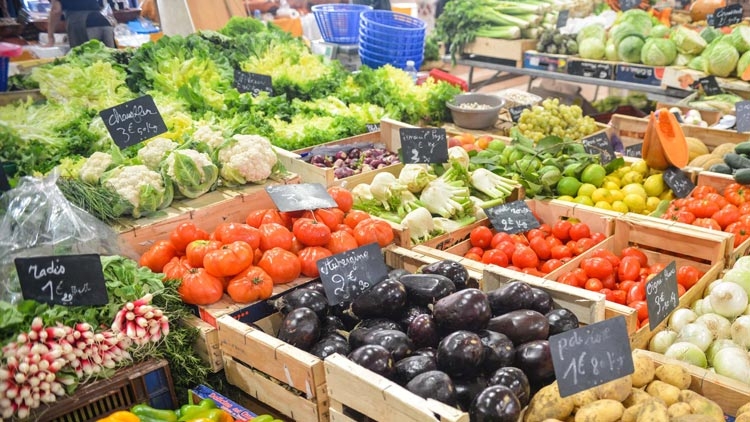
First seen with Millennials, plant-based dishes are becoming ever more popular with younger generations and are increasingly seen as the norm when eating out or at home. The pandemic has only accelerated the trend amongst consumers to desire food which is both more healthy and also environmentally sustainable, and avoiding animal products is seen as a key way to achieve both of these goals. It seems likely that a flexitarian diet, where diners will choose to eat out without meat on certain occasions is set to become more popular in the coming years.
For restaurants and takeaways the key upshot is that younger people don't see vegan food as just for vegans, and will therefore expect to see plant-based options on the menu wherever they eat. Incorporating menu items which use alternatives to dairy products and meat, as well as dishes which are plant-first and based around vegetables rather than animal products will likely be crucial to success in the future.
Wholesome

Whilst data shows that Gen Z do not eat a particularly healthy diet when compared to older generations, this is likely due to the fact that they are younger and so more likely to snack and take their health less seriously. Obesity rates are in fact flat-lining and are remaining steady, whilst they have grown across the board, which is perhaps due to the sugar tax and other initiatives to reduce consumption of sweet treats.
A survey by the American Egg Board suggests a large number of Gen Z expect their food to contain fresh components and also that they would be willing to pay more for food that they perceived as healthier. This tendency towards wanting to eat clean could well form a similar pattern to the desire to avoid meat on certain occasions, so for foodservice businesses it will be increasingly important to provide healthier options for customers looking to enjoy a 'guilt-free' meal as opposed to other more indulgent choices.
Eating out

According to the FSA's Food and You survey, Gen Z are the most likely out of all generations to enjoy food outside of the home. The lockdown has also undoubtedly increased the desire amongst younger generations to socialise in hospitality settings once businesses are able to open up again. With younger generations much less likely to be affected by the health impacts of Covid 19, it seems likely that it will be Gen Z and Millennials who are first to fill the restaurants and pubs when lockdown ends.
To capitalise on this potential boom, foodservice businesses should try to highlight the social aspects of their offering through promotions where possible and within guidelines. Consider advertising meal deals for groups for example, or food alongside events which have been impossible over the last 12 months.
Food with a story to tell
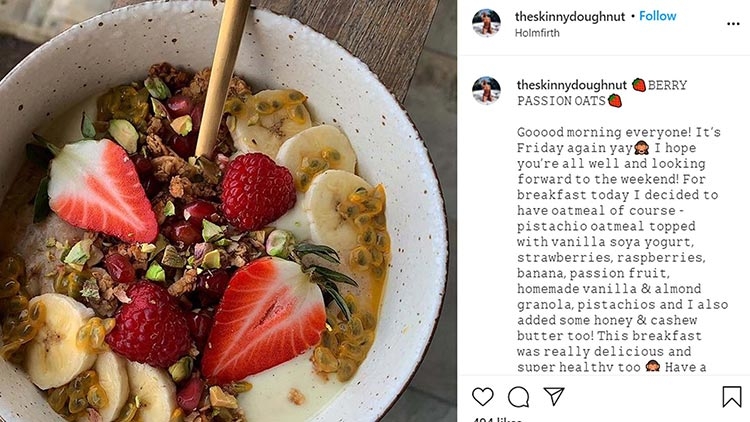
Another impact of social media on what people are drawn to eating is the narrative behind recipes and dishes. Scrolling through a feed of food posts, often images are accompanied by the tale behind the inspiration for a meal or what it means to the person who created it. Whilst there's no evidence that Gen Z in particular are drawn to menu items of this nature it's clearly a growing trend which looks likely to continue.
This can be particularly impactful when promoting new dishes on your social feed but can also make items on your menu stand out. If the idea for something you serve came from a grandmother's secret recipe, don't be afraid to let your customers know!
Snacking

Another trend which is difficult to separate out from a stage of life differential is a propensity towards snacking, which seems to be higher amongst Gen Z than previous generations. Whilst this may be because this age group are more 'on the go' due to their current age, there is definitely plenty of evidence that the snack market in general is growing, as are takeaways outside of normal mealtimes and also eating prepared food for breakfast or even dessert.
Consider adding small snack items and desserts to your menu for an indulgent delivery or takeaway treat, or if you already have these available then shout about them using your usual promotional channels.
Multicultural
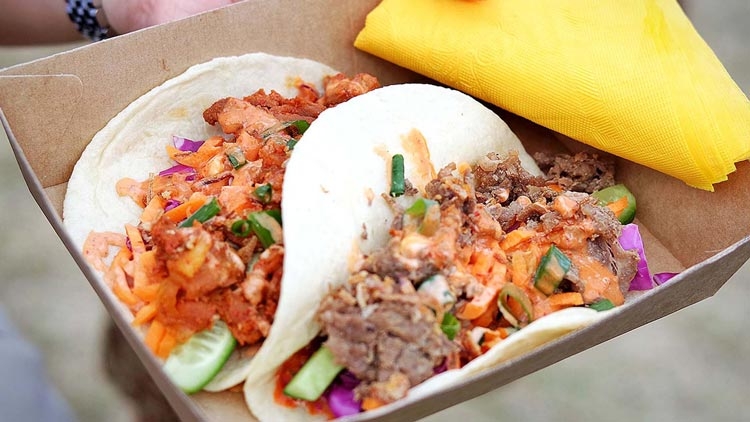
In an increasingly culturally diverse society, it stands to reason that younger people feel more comfortable with more ethnically varied experiences and have even come to expect them. With each passing generation cultures are becoming more mixed together, and this translates to food too of course, many restaurants and takeaway businesses have achieved success in marrying together elements from different cuisines with exciting results.
In an increasingly global world, it is becoming more difficult to excite today's consumers by simply offering food from China or Mexico. Consider either combining different cuisines to create fusion food dishes (Korean Tacos anyone?) or go hyper local and offer regional food such as that of a particular area of country.
Less alcohol
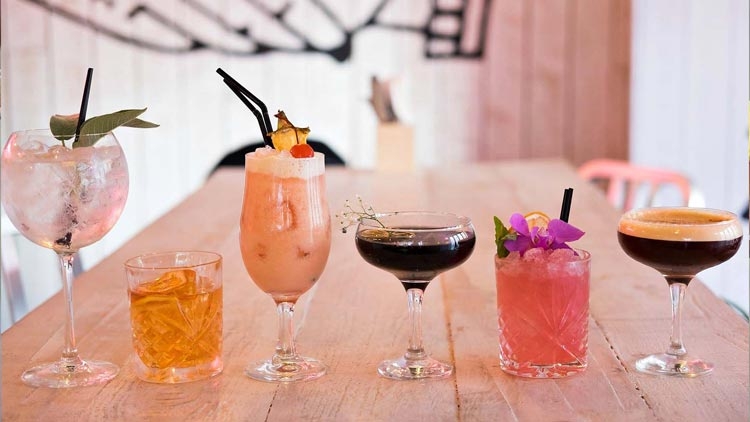
Several studies appear to suggest that younger people are drinking less than their older counterparts. There are a number of possible factors, from a decrease in peer pressure to do so, worries about online image or concerns around health. There is some evidence to suggest however that interest in more premium alcohol offerings is increasing though, with popularity of cocktails surging in recent years.
In order to appeal to Gen Z with your next promotion perhaps consider showcasing the extent of your drinks offering with more of a focus on artisanal products (small batch spirits and craft beers) as well as including alcohol free options too of course.
Lower spend

Many younger people are highly pessimistic about their economic futures and this appears to be translating into a more careful relationship with their expendable income. There is some evidence to suggest that Gen Z are trying to save more, and it goes without saying that younger generations will generally have less money to spend on eating out than older people.
In order to appeal to younger diners consider discounts for students or loyalty card-style promotions which will give you the opportunity to win customers without reducing your prices overall.
Socially responsible

Across all age groups it appears people are becoming increasingly concerned with the environment and their impact on it. This is no more keenly felt than amongst the younger members of society, who take these considerations extremely seriously when deciding which business or brand they want interact with.
For foodservice businesses it is more important than ever to use socially responsible products which are both environmentally sustainable and offer a fair deal for producers. Making the right choices and then highlighting them on your channels will help you both win new friends and customers too.
